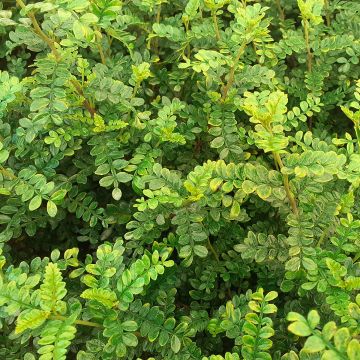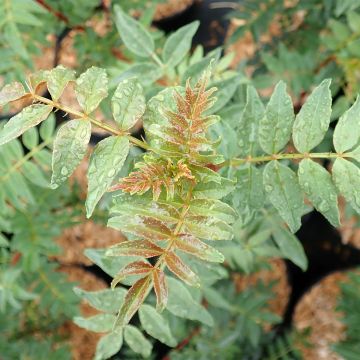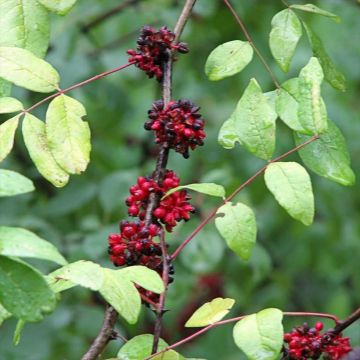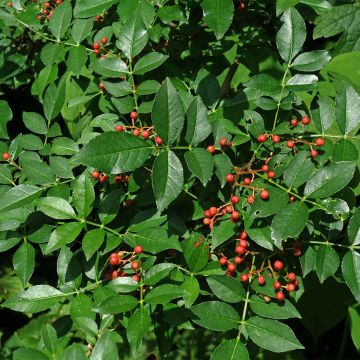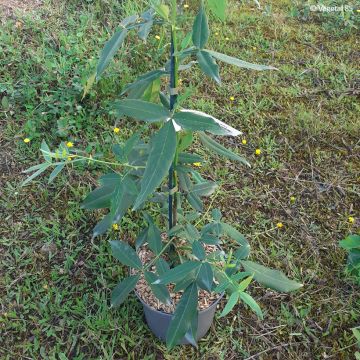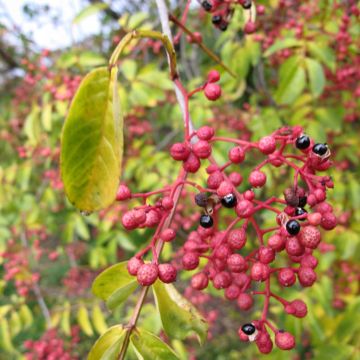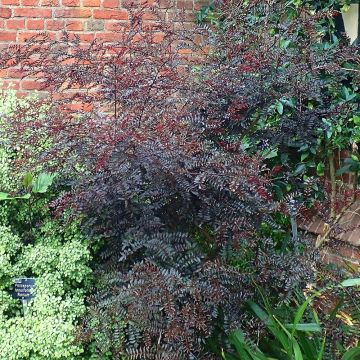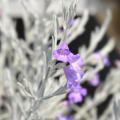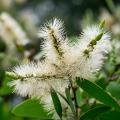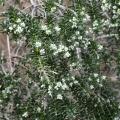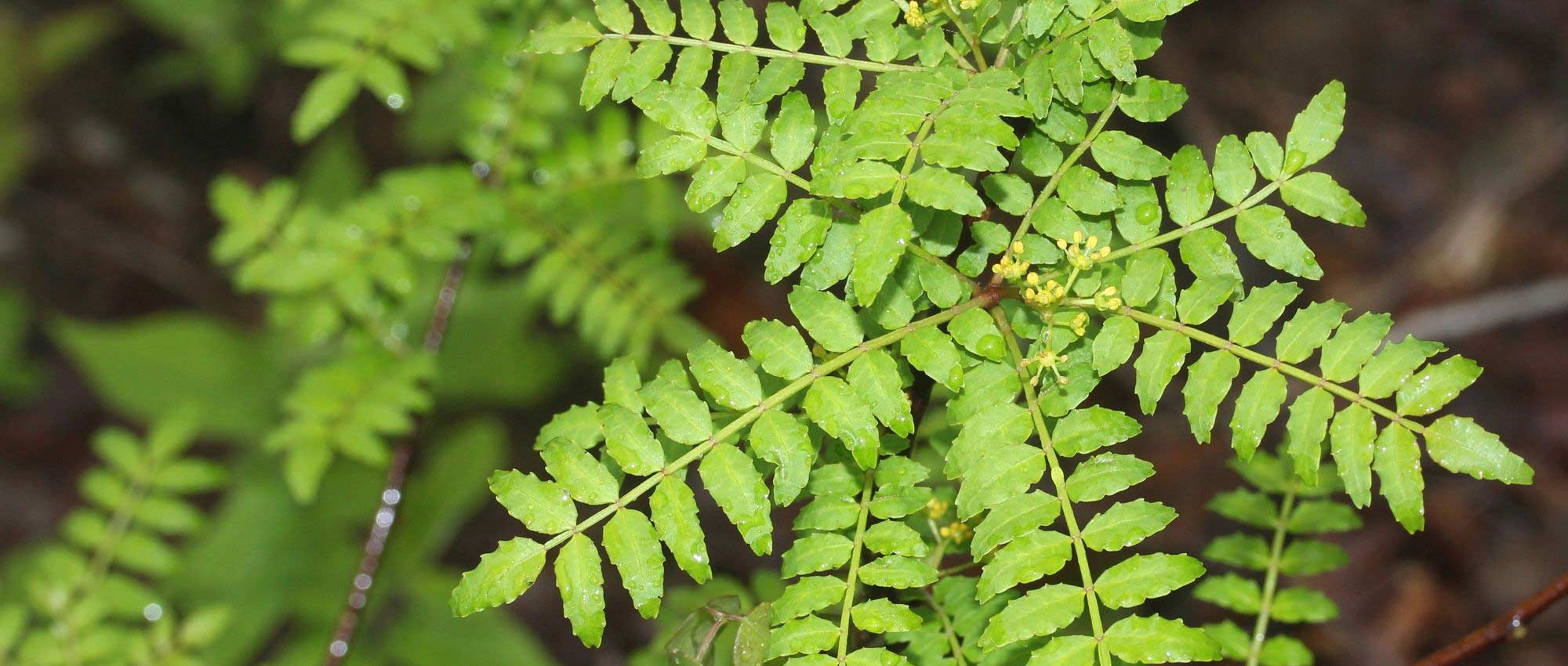Zanthoxylum - Prickly Ash
Would this plant suit my garden? Set up your Plantfit profile →
Available in 1 sizes
Available in 1 sizes
Available in 1 sizes
Available in 1 sizes
Available in 1 sizes
Available in 1 sizes
Available in 2 sizes
Available in 1 sizes
Zanthoxylum piperitum, is undoubtedly the most well-known and widely cultivated of these small Asian trees known as Sichuan Peppers or Prickly Ash. These remarkably aromatic berries are used in Japanese cuisine. After its discreet spring flowering, the famous small pink-red berries appear, with their dried and ground husk used as a spice. The combination of the pink fruits and the foliage turning shades of golden purple in autumn is superb! It is perfect in a hedge, and its young thorny branches work wonders in a boundary hedge. Growing very quickly in damp and fertile soil, this small tree will reach an average height of 4m (13ft) with a roughly equal spread at maturity.
Zanthoxylum simulans, is also part of the group of small Asian trees known as Sichuan Peppers or Prickly Ash. This species Z. simulans deserves particular interest from the gastronomic gardener for its easy cultivation, hardiness, unique bark and vigour. After its discreet spring flowers, small pink-red berries appear, with their dried and ground pink husk used as a spice. Like the previous tree, the combination of the pink fruits and the foliage turning shades of coppery gold in autumn is superb.
Zanthoxylum trees can tolerate temperatures as low as -18°C (-0.4°F) and thrive in any sufficiently deep and well-draining soil. However, choose a sheltered location as cold and dry winds could destroy its flowering and burn its young shoots. A sunny or partially shaded exposure is suitable, only dense shade prevents it from flowering and fruiting.
Haven't found what you were looking for?





































